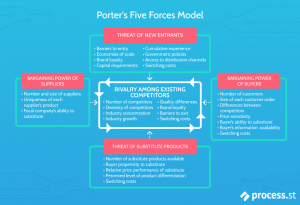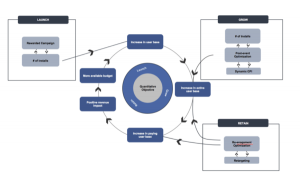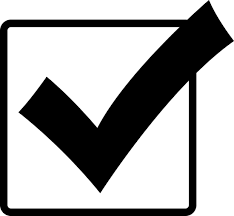I’m going to come right out and say it: “social selling” is just a buzzword. It describes how to use a new set of tools (i.e., social networks) to do something that salespeople have always done.
Look, we’re all in sales. Whether you own the company or occupy the C-suite, whether your job is to serve existing customers or go out and find news ones, you are selling. Convincing your colleagues of the merits of a business strategy? That’s selling too.
Convincing people to buy what you’re selling comes down to three basic factors: first, the strength of your network and the relationships you have with people in it; second, your presence, visibility and reputation among people within your network; and finally, your ability to differentiate yourself and what you’re selling from others.
Social selling is simply a collection of social networking activities and habits that sellers (i.e., ALL business professionals) need to incorporate into their day-to-day routines.

Think of your network as woven strands that together develop strength.
Three age-old activities you need to do in business
Here’s what social selling boils down to:
1. Build a network
Make sure you are connected on LinkedIn with your most important clients, target prospects and industry peers and influencers.
This is your network, the most powerful asset you have as a business professional. Harness it. Nurture it. Grow it. Serve it. Social networks (not only LinkedIn, but Twitter and Facebook and others too) are very efficient tools for maintaining contact and building relationships with key people in your network.
And notice that I’m not just talking about new leads and prospects. Interacting with clients positively online contributes to retention. Helping prospects understand and define their business challenges attracts them to you and your solutions. Building relationships with peers and industry influencers keeps you informed and referable. It’s not rocket science.

2. Be visible in your network
Be active on LinkedIn, Twitter and your other social networks daily.
Focus on two main activities:
- Share curated content of interest to your clients/prospects/peers; and
- Like and comment on what your clients/prospects/peers are sharing.
These activities increase your visibility and “top-of-mind-ness” among the people in your network. They also establish you as a giver, sharer and helper – not only a seller.
People notice when you pay attention to them. When you invest time in paying attention to and promoting others, it triggers reciprocal behavior. Thus, the way you get attention online is to pay attention to others.

Be sharp and stand out from the rest.
3. Differentiate yourself
Write and publish your original thoughts and ideas.
Share your insights about the industry you are in. Share your thoughts about why you do what you do. Be authentic and as open and honest as you can. All of this differentiates you and your offering in the marketplace.
Articles you write can and should be published on your LinkedIn account, in addition to your company blog or in industry trade journals. If you can’t write, outsource to someone who can write articles for you based on your insights and observations. Or make a series of candid videos.
People are looking for ways to justify their buying decisions – which is why they like to buy from recognized leaders. By using social networks effectively, you can make yourself into an industry leader.
Yeah, I know you’re busy
The barriers to using these social selling techniques are commonly lack of time and lack of skill or knowledge about what to do. Yet, almost everyone I have interviewed that has become a prominent online influencer has started from nothing, watched others and taught themselves. They make the time. They invest in building their networks for the long-term. And, yeah, they’re also busy.
In my experience, the other key ingredient is leadership. Sales people will continue doing what they have always done, until someone tells them to do it differently – and makes them accountable. So, in addition to meeting sales targets, sellers need to be made accountable by their managers for increasing their online visibility on key social platforms, namely LinkedIn and possibly Twitter. Metrics such as total impressions and engagements in social networks can be used to measure progress in social selling performance.
If you’re your own boss, make yourself accountable. Grab your bootstraps and pull up hard. There’s a lot of work to be done!
Digital & Social Articles on Business 2 Community(40)








